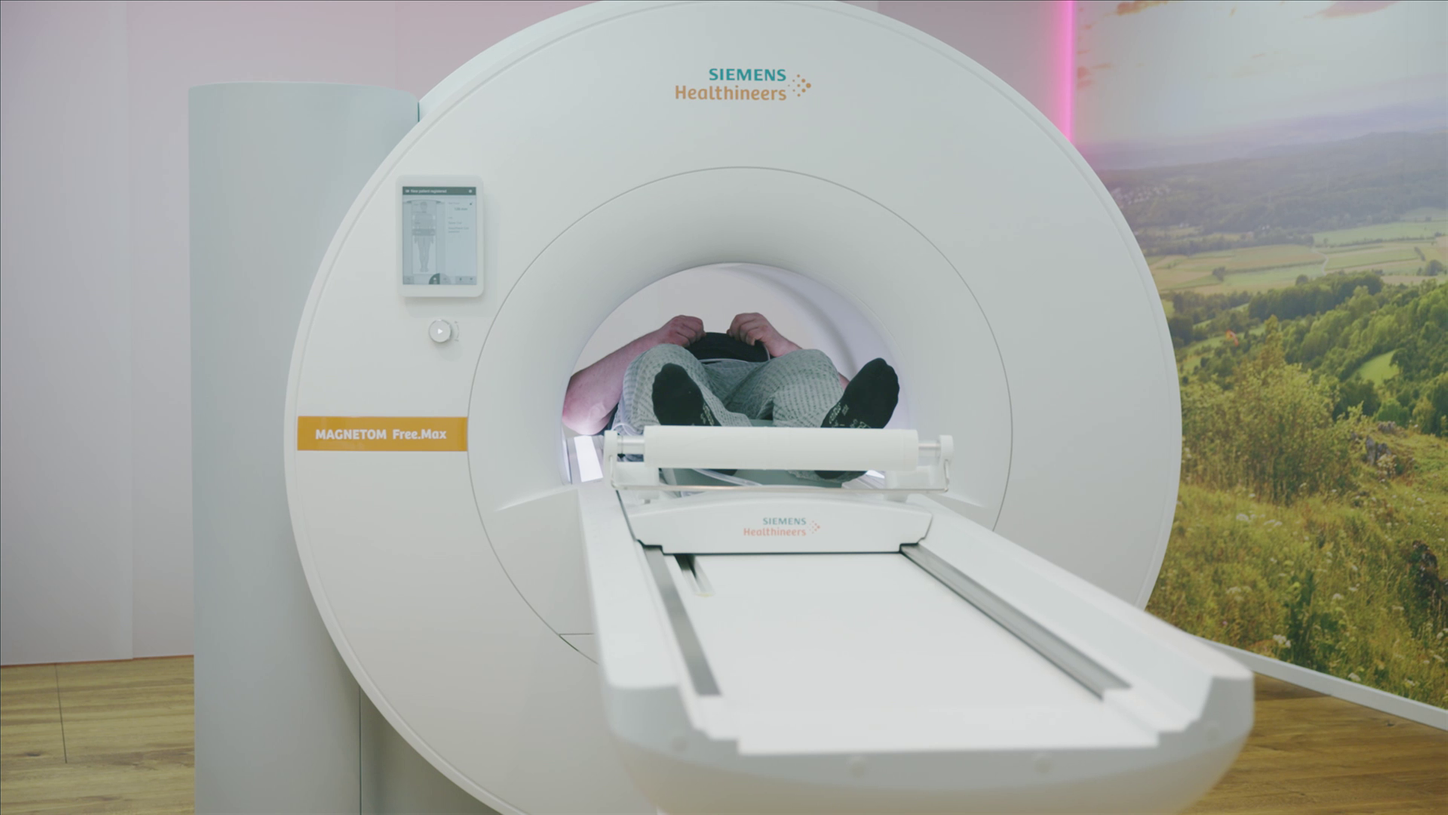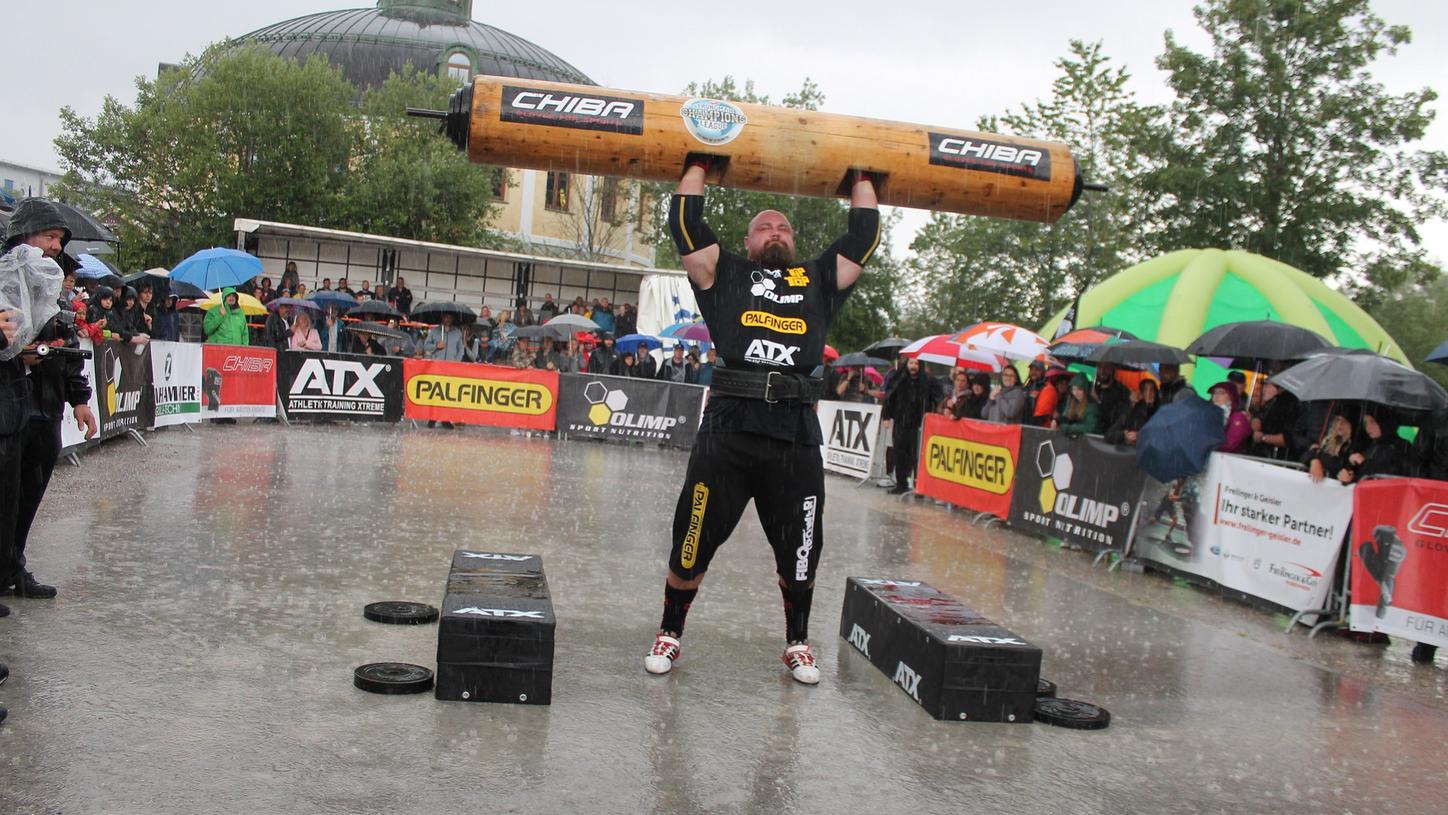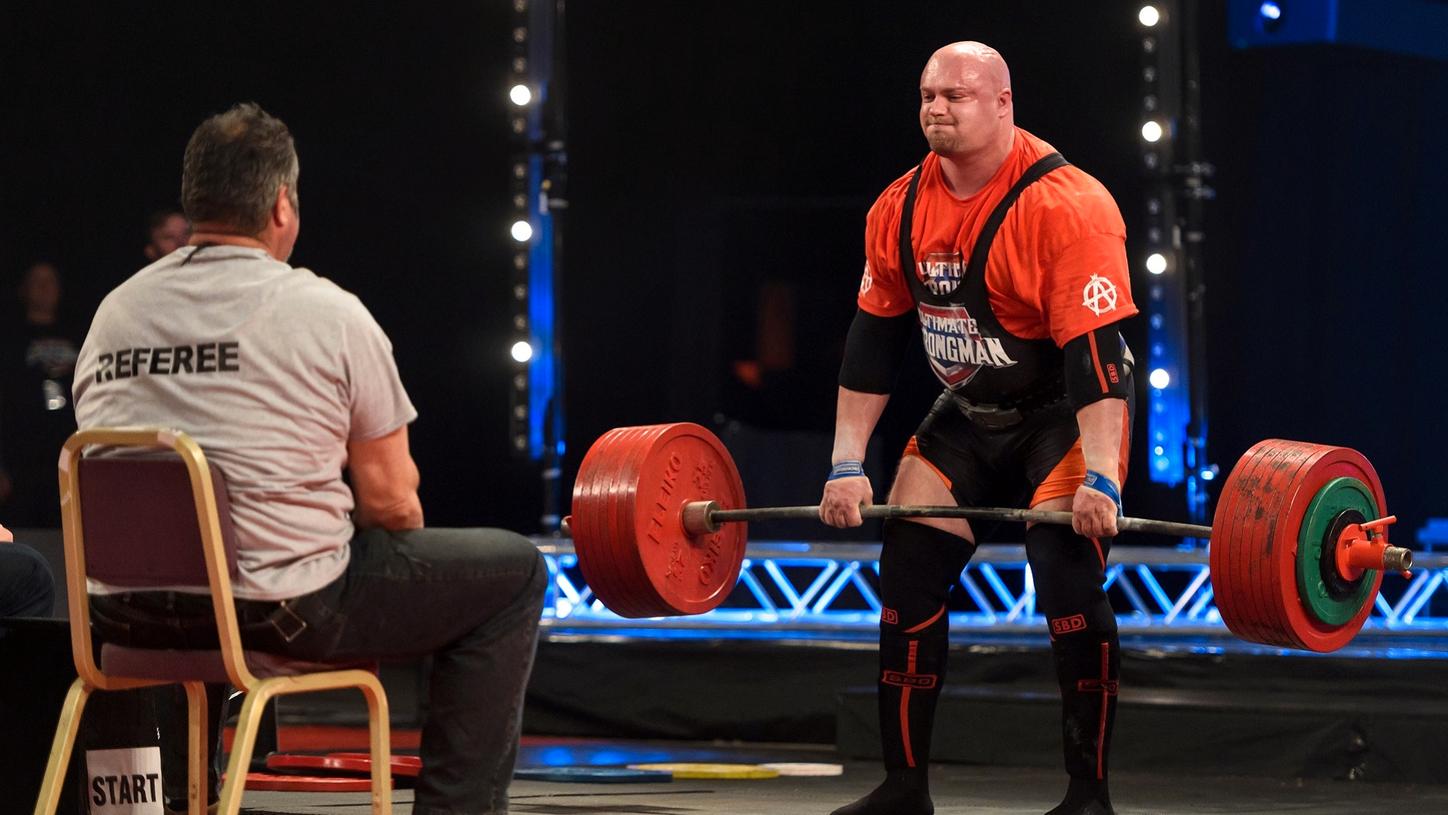When Germans strongest men meet to settle who will be absolute champion, the organizers of the Strongman contests have to provide a lot of kit. After all, the athletes want to find out who can lift and flip a wheel-loader tire the most times, who can pull a truck by rope the furthest in the Truck Pull contest, or who can stop two automobiles from rolling down a ramp for as long as possible using only grip force in the Hercules Hold.

Raffael Gordzielik - "German Godzilla" & reigning "Strongest man of Germany"
Three times now, Raffael Gordzielik has thrashed his competitors in these disciplines to take the title of German Strongman Champion. Gordzielik also holds the German deadlift record. To win this, he had to lift a 400-kilo barbell off the floor from a bent-forward position. Anyone who watches athletes of this caliber in the flesh understands why strongmen are at a high risk of injury just like any other top athlete: Extreme forces are constantly being exerted on ligaments, tendons, and joints. The hard training also takes its toll.

Raffael Gordzielik lying in MAGNETOM Free.Max with its 80 cm bore size.
Until now no access to MRI scans for XXL athletes
Whenever strength athletes like Gordzielik injured themselves and sought a precise diagnosis, they faced the same problem all over the world: Narrow bore diameters meant that it was virtually impossible to examine particularly muscular people in an MRI scanner. Gordzielik, for example, is two meters tall, weighs around 170 kilos, and boasts an upper arm circumference of 55 centimeters. A standard MRI scanner bore was simply too narrow for him. Many overweight patients have also had no access to MRI diagnostics for the same reason.
No clinical images – no precise diagnosis
Gordzielik had a particularly dramatic experience of what it is like to be excluded from an MRI exam in an emergency: While he was driving with his two daughters, his car came off the road and overturned. Because he tried to hold onto his young daughter, enormous centrifugal forces acted on his upper arm muscles. His children escaped injury but Gordzielik felt suspicious acute pain in his chest immediately after the impact.

Orthopedic surgeon Mathias Ritsch emphasizes how important imaging diagnostics are for athletes in weight-lifting sports
Orthopedic surgeon Mathias Ritsch is the physician for the Strongman GFSA association. He watches the contests from the edge of the arena and is available to the athletes at all times. After the accident, Ritsch provided valuable advice to Gordzielik: "In his opinion, an MRI scan of the painful area would have been ideal. But the hospital where I was treated didn't have a system that was wide enough for me," says Gordzielik, recounting his efforts to get a diagnosis. Fast clinical findings based on MR images could have delivered the diagnosis that the athlete needed. As it was, he initially had to rely on a palpation examination by his physician and on his own body awareness.
Suspicion confirmed: No more training for a long time

Radiographer Simon Amthor knows of the comfort which MAGNEtOM Free.Max offers
Comfort and image quality at the touch of a button
The clinical images revealed interesting findings
Orthopedist Ritsch was amazed when he saw the images from the MRI scan, because since the torn chest muscle had healed, the news was good: "The images showed the condition of the rotator cuff, the condition of the long biceps tendon, and whether there were any changes to the cartilage." Because MAGNETOM Free.Max, with its combination of digital technology and new field strength of 0.55 Tesla, can generate high-resolution images from a low input signal, Gordzielik’s shoulder was clearly visible and looked to be overall in very good condition. Ritsch gave the go-ahead for the upcoming contests. In the meantime, the injury has completely healed and the three-time German Strongman Champion is planning his comeback: "I want to take my fourth title as Germany’s strongest man!"
Did you know?
At just over three tons, MAGNETOM
Free.Max is one of the lightest whole-body MRI scanner that Siemens
Healthineers has ever built. This was possible, amongst other things, thanks to
the development of DryCool technology, which uses less than one liter of liquid
helium for cooling. Previously, several hundred liters of this inert gas were
needed.
Strong men
The origins of today's strongmen contests go back to traditions such as the ancient gladiator fights, the traditional decathlon, Viking games, and Highland games. These gave rise to contests that presented strength athletes with different tasks in which various body and muscle groups are tested by carrying, lifting, pressing, holding, or pulling.







